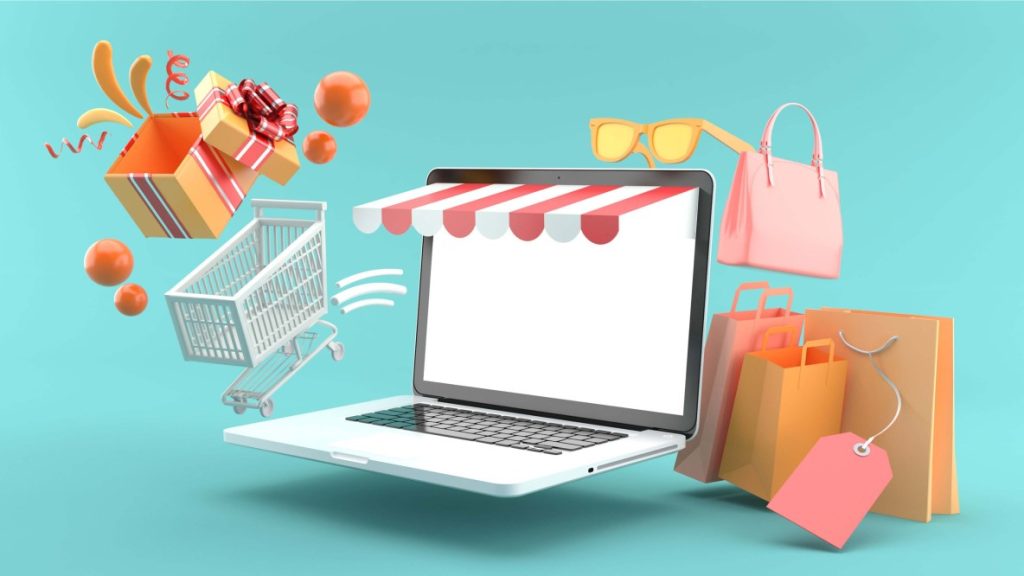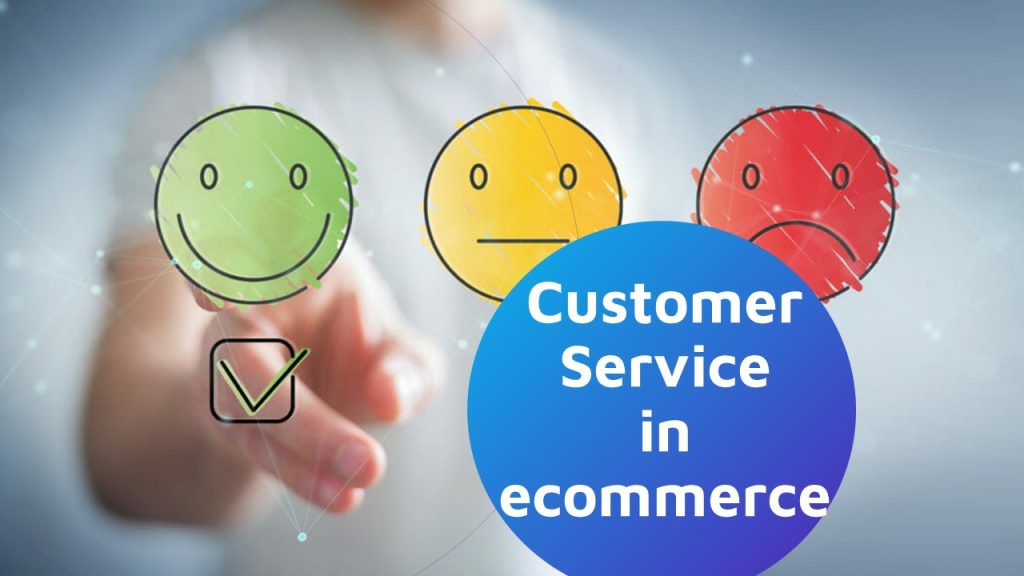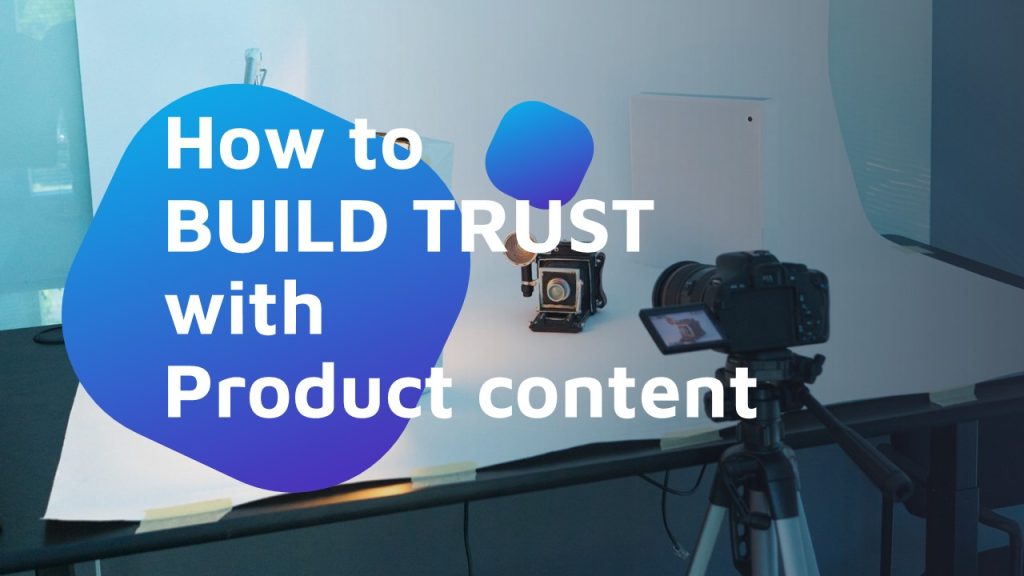Any E-commerce platform can generate mixed feelings, and the sweetest funding dream can quickly become the worst sales nightmare. That’s why choosing Crowdfunding or Amazon is a delicate decision where every product should be treated differently according to its USPs and your goals.
Raising funds and selling are not the same. Moreover, they require different strategies because there is an ideal place for every product and every business stage.
Crowdfunding platforms
In a previous post, we talked about the difference between Kickstarter and Indiegogo to crowdfund products. Each one of them has different conditions and offers different rewards you might want to look in more depth if you’re decision is already made.
Let’s recap.
Kickstarter
Kickstarter is mostly for creative and innovative projects which somehow provide a social value. Products must be tangible and have an existing and working prototype to be approved beforehand.
Project creators must reward their backers and keep their promises for their fundraising to succeed. That’s mainly because backers can back out and cancel their contribution at any time – as long the project does make it to its target.
Indiegogo
Indiegogo’s conditions are very similar to Kickstarter’s except for two factors:
- A flexible funding policy that allows creators to keep the funds raised, when their project doesn’t reach its target, for a higher fee (and a bigger risk for backers).
- They accept a broader spectrum of projects, including digital and artistic.
Amazon
But when consumers go to Amazon, they are not looking for new or revolutionary products. If any, they might be open to cross-sale or to discover something they weren’t actually looking for. But the truth is consumers go to Amazon to look for something specific to solve a specific need.

When to use Amazon?
Amazon provides loads of services for consumers, sellers, and vendors. Their popularity and seamless centralization across devices give a great customer experience.
At the same time, the customer is king to Amazon. Customer service, shipping, and – of course – returns and promptly dealt with. Meaning shipping delays, inventory breakdown, and poor buyer satisfaction can be critical for sellers and lead to penalties, product discontinuations or account cancellations.
Despite all this, about 50% of the US e-commerce retail market is in Amazon’s hands, and that can’t be ignored. Amazon is a fertile ground for most e-merchants and works perfectly if:
- The product already exists (is manufactured and ready for sale)
- There’s enough stock (and access to more)
So, if you plan to sell on Amazon without raising funds priorly, it’s important to ensure brand/product visibility with sponsored ads, seasonal promotions, and “Deals”.
At this point, you could consider using FBA services and reduce the potential risks of non-compliance with their terms.
Sacrificing a bit of your short-term profit is not so bad if you sell enough, and might turn out even more profitable than investing in a Crowdfunding campaign.
When to use Crowdfunding platforms?
When it comes to crowdfunding platforms, the objectives are quite simple: raising enough funds to develop a project and rewarding those who initially believed in it.
Remember two things:
1. There’s limited time to achieve your target
2. People like to support successful projects, stagnation being one of the biggest risks.
That means that if you go for the “All or nothing” policies (both available on Kickstarter and Indiegogo) you should keep a close eye on your reports and react quickly to them.
Especially:
- Replying promptly to your backers’ queries and concerns.
- Making sure your campaign doesn’t stagnate, lose visibility, and discourage potential backers.
The reason is simple: nobody likes to be ignored or take part in projects that seem doomed to failure. Plus, in order to fulfill your promises, you will eventually need to move to mass production and adjust your prices.
Crowdfunding is about raising funds for projects, but that’s not for free. Whatever platform you choose, you will need pictures, video, a Landing Page, and Social Media promotion at the very least. So, all in all, it works as a short-term solution you can’t rely on forever. Instead, you should mainly use it to build an audience from scratch, or as the first step of a growth strategy. More on this below.
Now, why not both?
Since you made it down here, you may now be wondering if Crowdfunding and Amazon are incompatible. Well, not necessarily.
You can use Crowdfunding platforms to raise funds and shift to Amazon when the product is ready, but you will need a solid strategy to take advantage of both ends.
- Keep in mind you will need to deduct the platform’s fees before going all in
- Ensure you meet all of Amazon’s conditions
It is also possible to play it the other way around and use a Crowdfunding platform to invest in a product’s reengineering or new design. Being on Amazon can be a great advantage on Crowdfunding platforms and provide trust and visibility.
P.S. Have you heard of Amazon Launchpad?
As you probably know, Amazon doesn’t settle. Further, it has a solid position to listen to both buyers and sellers, and it’s understandable they aim at fundraising like the Amazon Launchpad program does.
Launchpad basically has the same purpose as Crowdfunding platforms: allowing people to discover and support new product ideas through many of Amazon’s resources: A+ content, Storefront placements, support, email marketing campaigns, and cross-border sales opportunities.
So, in a nutshell…
Amazon is the right place to start selling existing products with sufficient stock. But you should never take the risk of offering what you still don’t have.
Crowdfunding platforms are great brand builders and can really boost your visibility – when promoted correctly. All you need is a good idea and the necessary investment to make it real and promote it. Still, it takes time and effort, because after all, it’s just the beginning. If your product makes it through a Crowdfunding campaign, the following steps will be focusing on sales channels, branding, and marketing. And then you will need to get creative on your product content.
The answer to the question of whether it’s better to choose Crowdfunding or Amazon varies according to the product, the objectives, budget, and your strategy.
So first up, you should ask yourself:
- What is your promotional budget?
- What are your project’s timeframes?
Secondly, answer the following questions.
If you get more Yeses than Noes, you should probably go for Amazon.

At Content2Sell we specialize in creating both Amazon listings and Crowdfunding campaigns, and we’d be happy to jump into a call with you to learn about your project.



